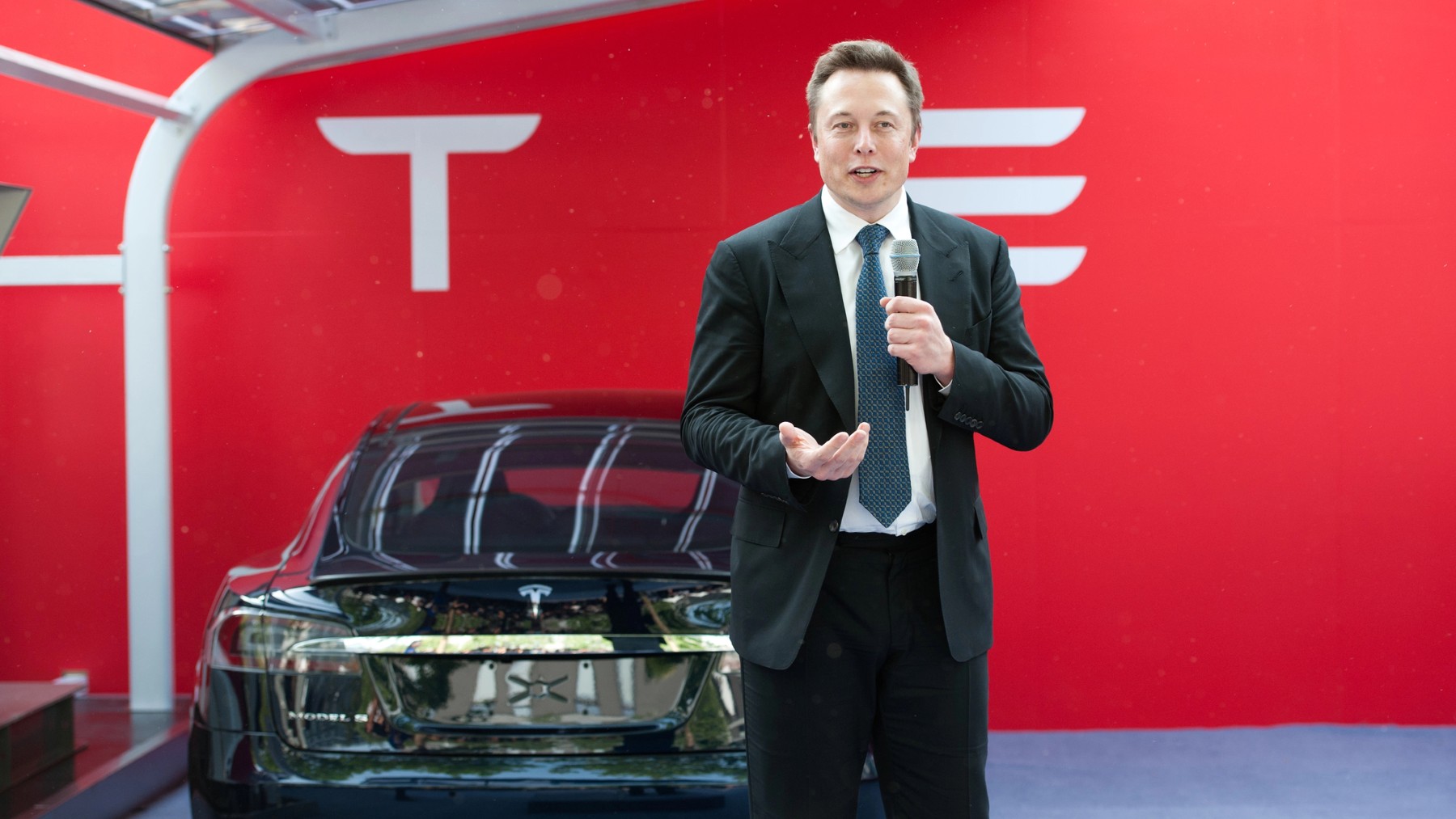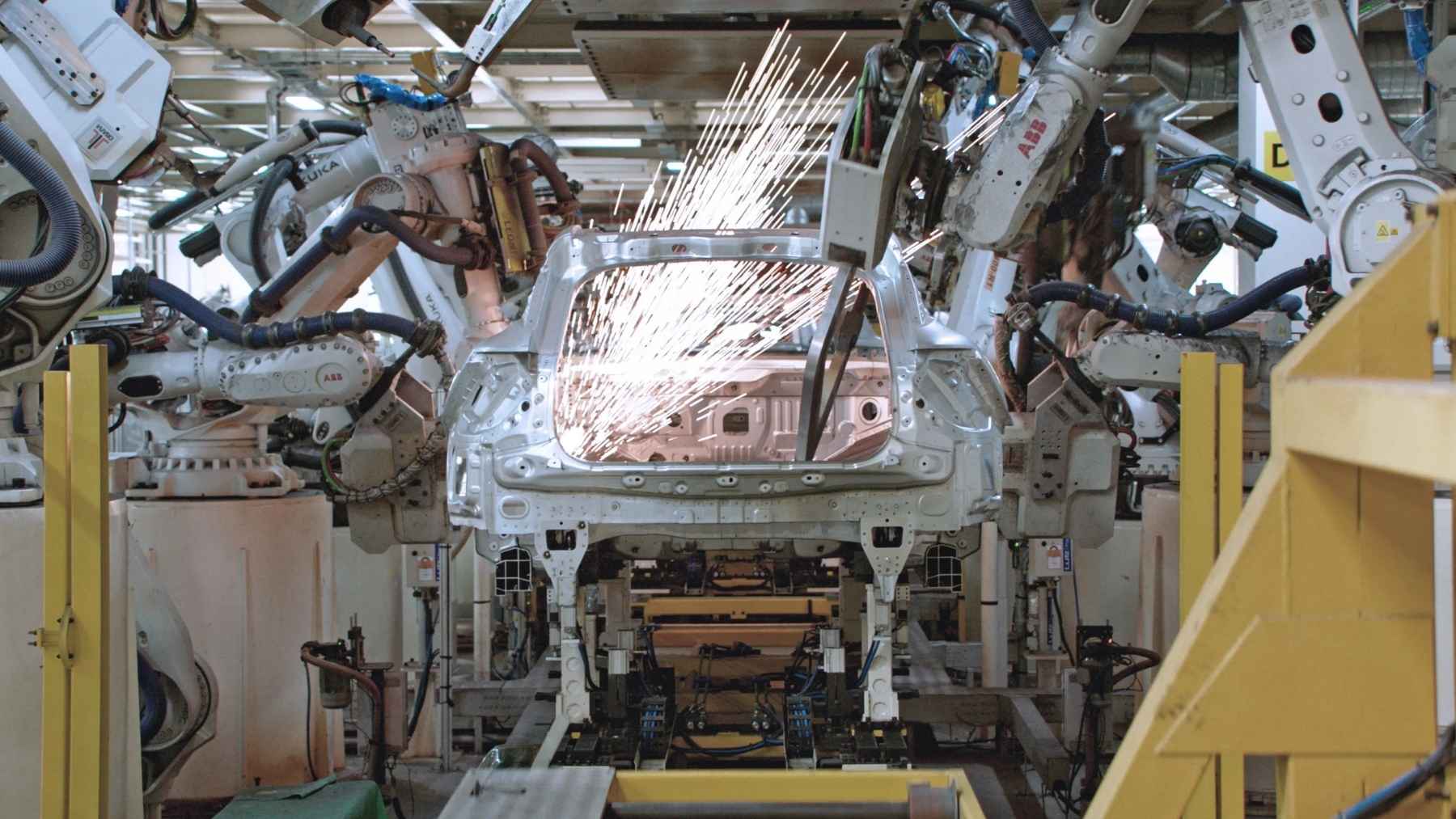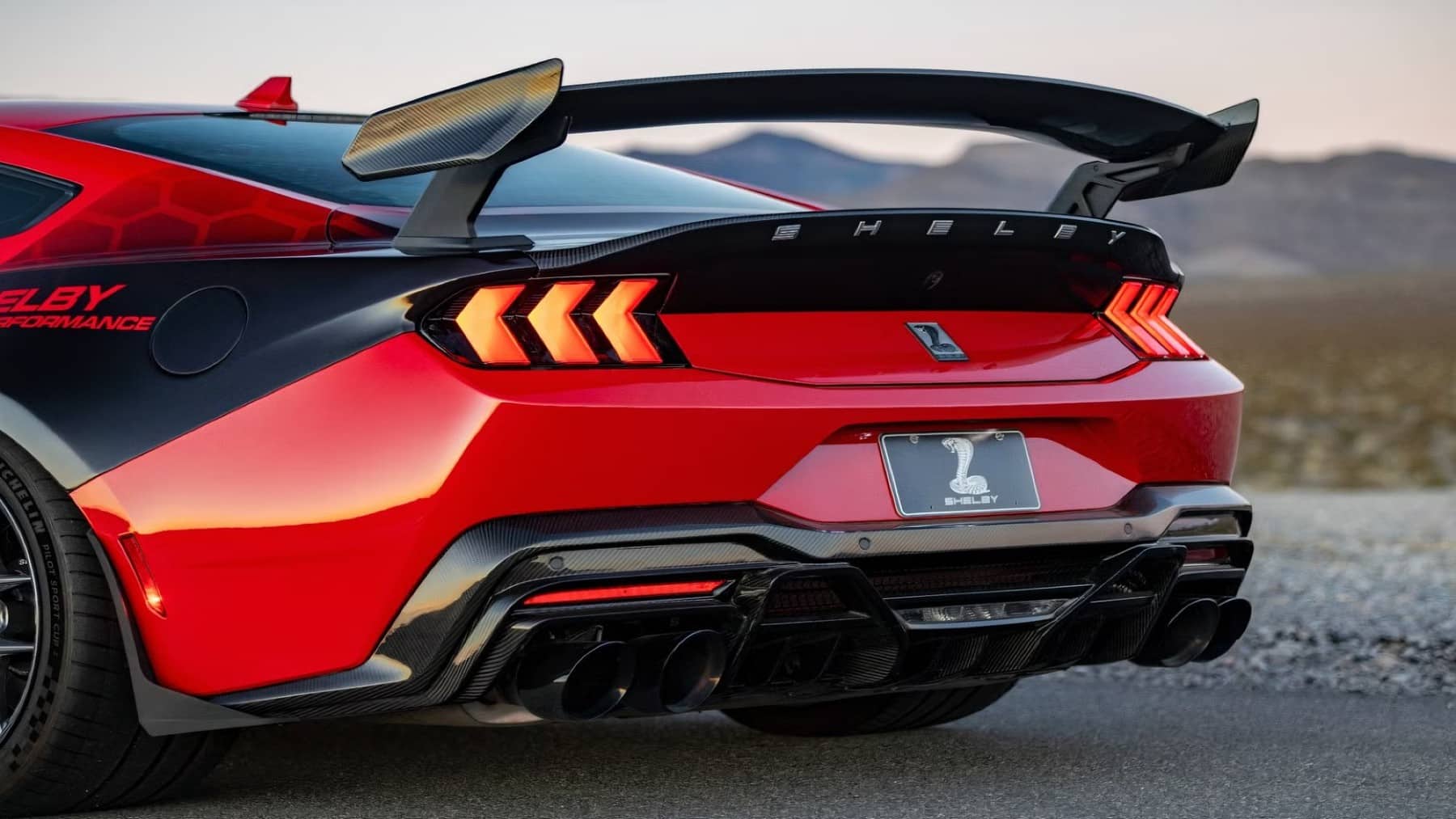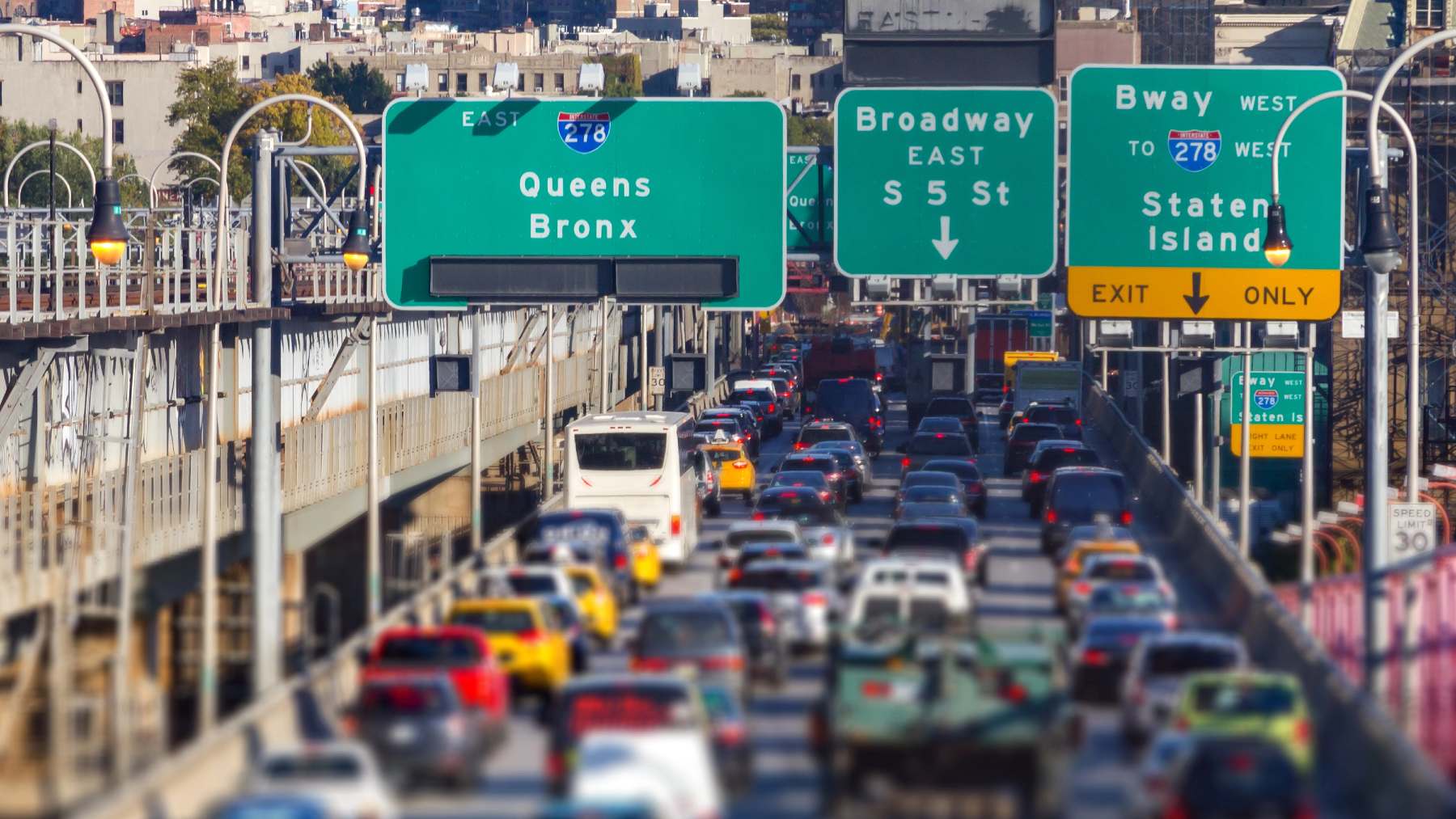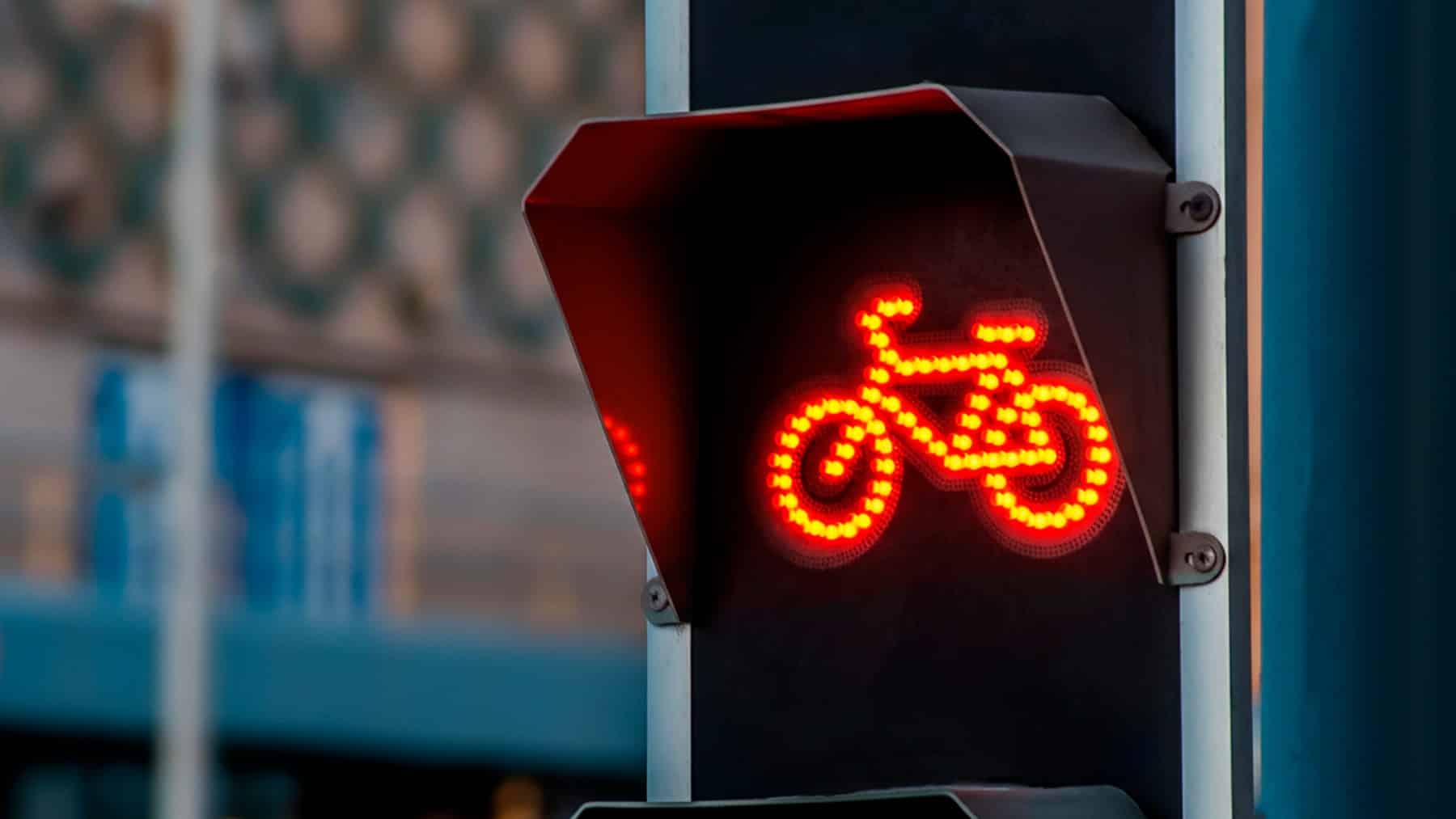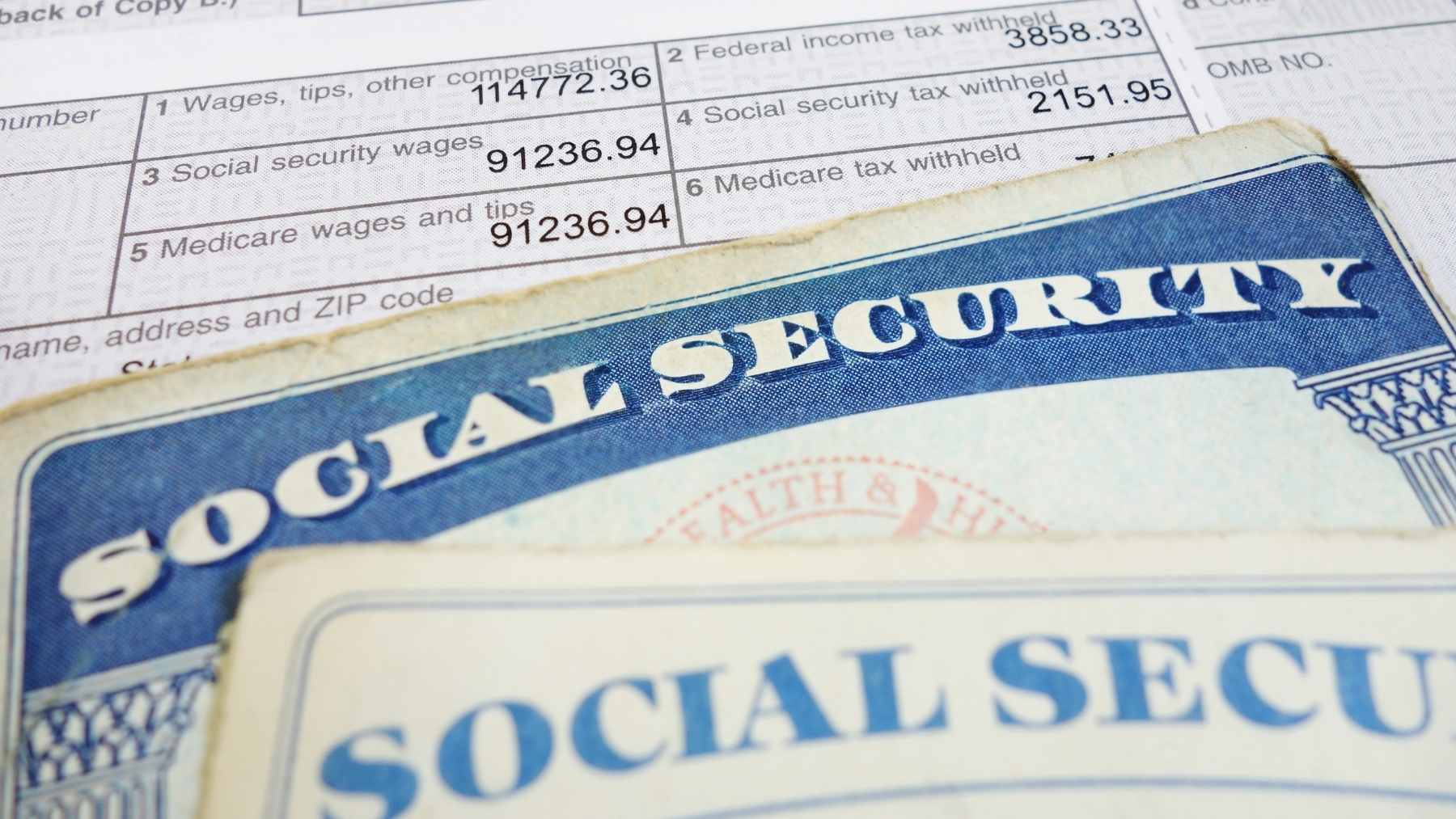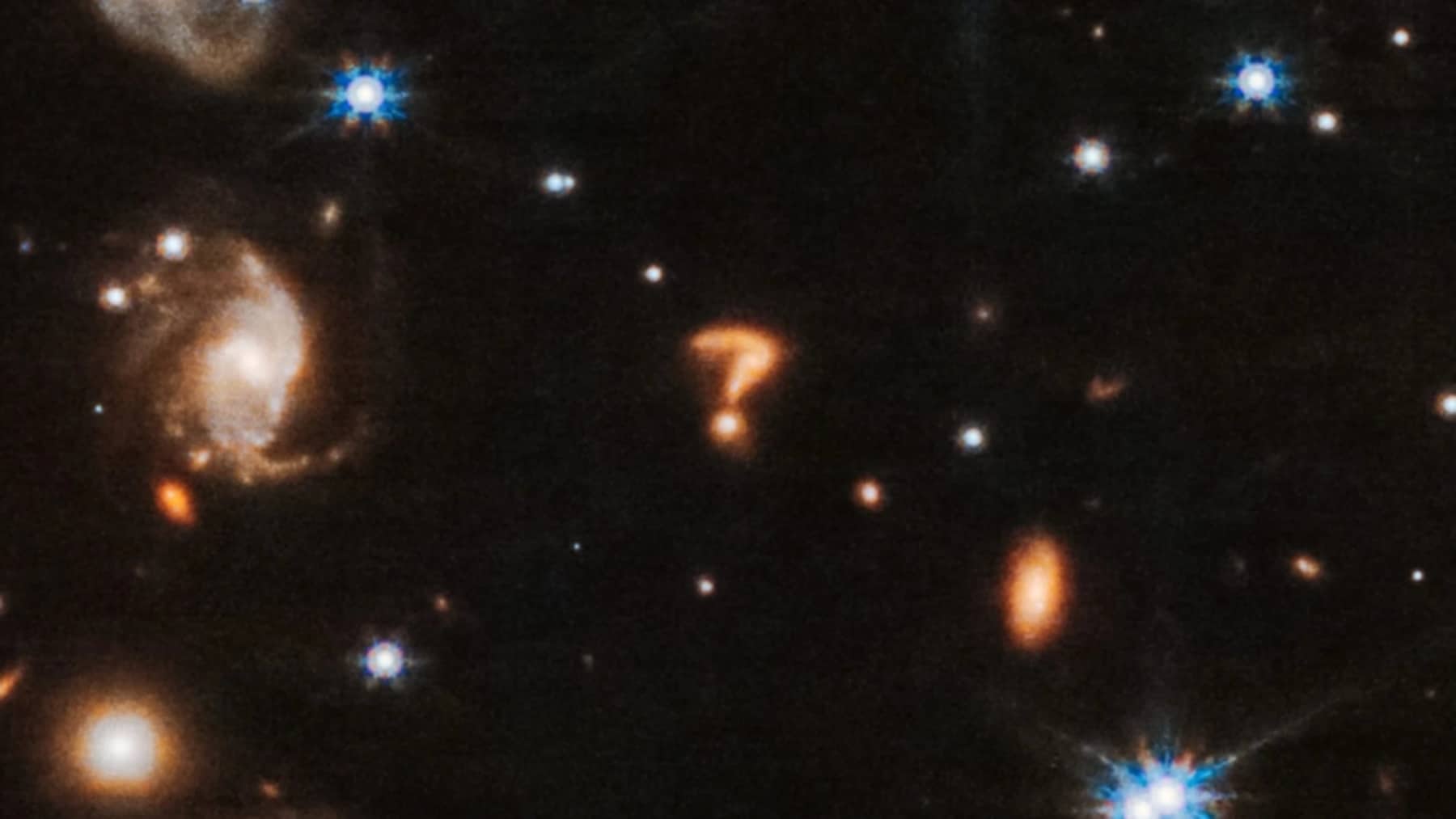After being in the limelight for falling back on certain promises, Tesla’s CEO, Elon Musk, is rather prepared for a historic release. As part of the initiative towards autonomous vehicle (AV) development, Musk announces that the robotaxi service will make its debut in Austin, Texas.
These Model Y SUVs will awe their audience as there will be no human drivers on board. This bold announcement by Musk proves that Tesla is ready to rise up to competitors and that Tesla is not willing to stop turning heads with its ability to tap into technological advances.
Austin’s launch of self-driving vehicles
The debut of Tesla’s first robotaxi in Austin will focus on areas in Austin that are deemed to be safer. The rollout of these autonomous vehicles will be geofenced so as to address the variety of safety as well as technological challenges that come with driverless vehicles driving in urban environments.
As per the first rollout, 10 vehicles will be on display. All the vehicles will be fully equipped with the Full Self-Driving software (FSD) by Tesla at first in an “unsupervised” mode. Tesla’s employees will be able to track the system’s performance while being located in a central area. The launch will see these AVs rerouting when obstacles and problematic areas lie ahead, and thus these vehicles will completely avoid all intersections.
In an interview with CNBC, Musk stated, “We’re being extremely paranoid — and we should be.” Paranoia is good, especially since, due to this paranoia, Musk and the Tesla team won’t be raising expectations too high for this Austin debut, only to let auto motor enthusiasts down if such zealous expectations are not met.
Tesla faces competition ahead
The launch of these robotaxis in Austin is no coincidence and is a rather strategic move. Texas is one state that offers a different regulatory environment different in comparison to other states, such as California. As per the 2017 Texas law, AV regulation became more centralized at the state level, doing away with municipal restrictions while streamlining testing for companies such as Tesla, Amazon’s Zoox, and Waymo.
With Waymo having rolled out its ride-hailing service with Uber just in this city as well, Tesla is facing competition on the road ahead. Waymo has gone down the route of making redundant hardware to ensure safety becomes a priority, while Tesla has chosen to go along the route of a software-heavy yet cost-efficient model.
All of the AVs being launched in Austin have one end goal in mind, and that is to recognize these driverless systems as being far better than vehicles powered by humans. However, the AV market is not yet met with full enthusiasm. The pressure is on for companies such as Tesla, as Uber’s fatal AV crash in 2018 has somewhat set quite a negative tone for the AV market.
Moving from tens to thousands of robotaxis
While the launch will feature ten vehicles, the overall goal of Tesla is to scale up production and have a fleet of over a thousand robotaxis coming to America. With further plans of scaling up, these vehicles indicate Tesla’s underlying motive of having these AVs on roads in Los Angeles and San Francisco, and not just on roads in Austin. However, to realize their motive, regulatory approvals will be required, which at this point are still pending.
While generally overambitious, the company is being cautious by choosing to start small, only to scale big when information proves right. The 2025 robotaxis launch is a way for Musk to redeem himself after promising that by 2020, there would be mostly robotaxis on roads. Tesla is also rebranding itself by formulating a new identity for itself, whilst driving away from the title of being just an innovative carmaker. Tesla will be known for providing a transportation service, too.
Disclaimer: Our coverage of events affecting companies is purely informative and descriptive. Under no circumstances does it seek to promote an opinion or create a trend, nor can it be taken as investment advice or a recommendation of any kind.
